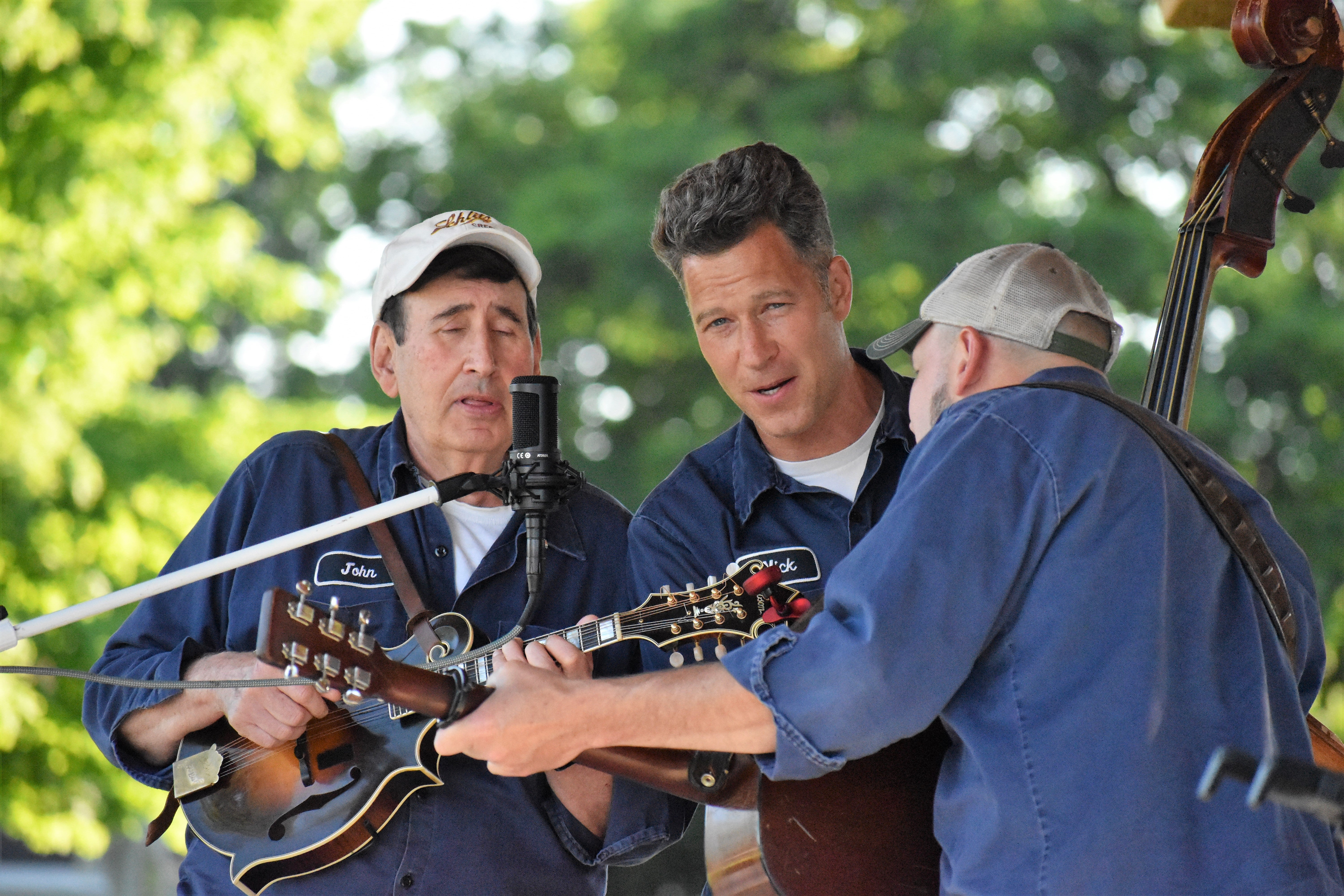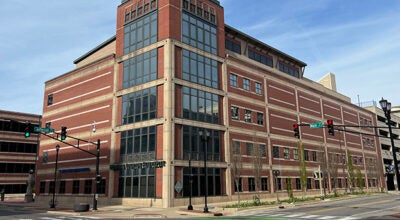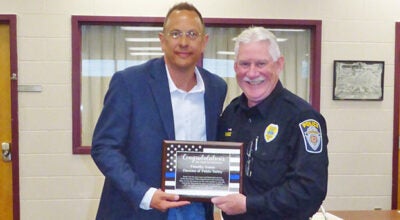Sinking fund usage to change?
Published 9:01 am Thursday, February 4, 2016
Local school leaders are in favor of proposed legislation that would expand the ways a school district could use property tax money collected through sinking fund millages.
Currently, such funds can only be used for the purchase of real estate for school construction and for the construction and repair of school buildings.
House Bill 4388 would allow a school district to expand the use of sinking fund dollars to include security improvements and the acquisition or upgrading of technology.
“I think it is great,” said Dan Applegate, Supt. of Niles
Community Schools. “I like the added flexibility of the two areas (technology and security).”
Niles is one of several area school districts currently levying voter-approved sinking fund millages.
Niles levies 1 mill, while Buchanan levies .8 mill, Berrien Springs 1 mill and Cassopolis .8379 mill, to name a few.
According to state records, 170 of the state’s 545 school districts are presently levying sinking fund millages, generating an estimated $131 million statewide.
Just last month, Brandywine Community Schools announced that it would ask voters to approve a 1 mill sinking fund proposal for a period of 10 years during the May special election.
Brandywine Supt. John Jarpe said he is content with current laws regarding sinking fund usage, but he would be in favor of the changes outlined in the new bill.
“Something like that would be very helpful to us if we are fortunate enough to have the proposal pass,” Jarpe said. “We just did an upgrade of our security, but technology is definitely an ongoing cost… that’s huge if you are able to expand it for that.”
The bill has been referred to the state House Appropriations Committee.
Security improvements are defined in the bill as any capital improvement or purchase designed to deter unauthorized persons or items onto school premises, including, but not limited to, metal detectors, locks, doors, lighting, cameras, and enhancements to entryways. It would not include personnel costs or operation costs related to a capital improvement or purchase.
In the bill, technology would mean hardware and communication devices that transmit, receive, or compute information for pupil instructional purposes, along with the accompanying initial purchase of operating system software or custom application software and their design and installation.
Other changes outlined in the bill include decreasing the maximum allowable number of mills from 5 mills to 3 mills and duration from 20 years to 10 years.






